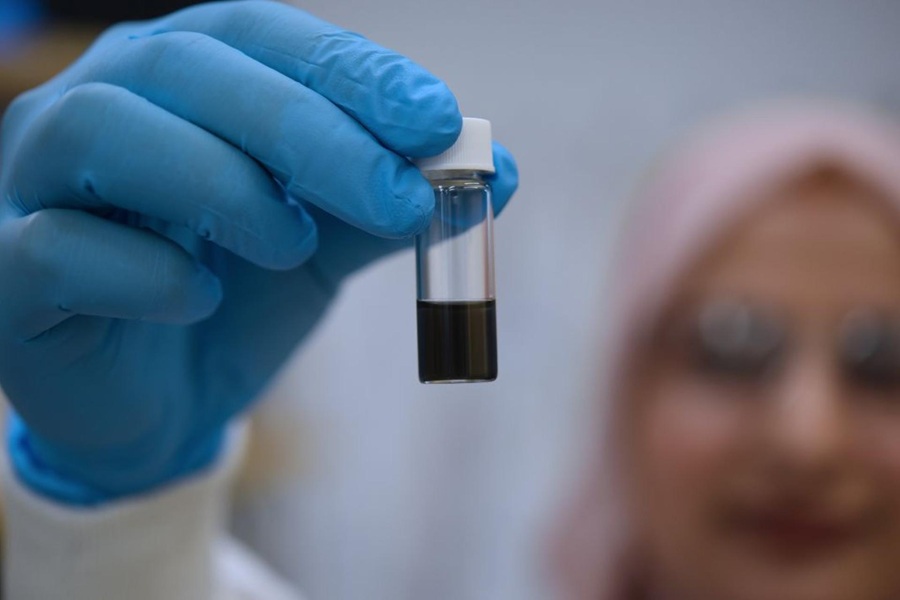Fluorescence-Based Photodynamic Product Detects Premalignant/Malignant Colorectal Cancer Lesions
By Labmedica staff writers
Posted on 28 May 2008
A new fluorescence-based photodynamic diagnostic (PDD) product has produced excellent results in a clinical trial evaluating its potential for detecting premalignant/malignant lesions in patients with suspected colorectal cancer.Posted on 28 May 2008
A dose-finding phase I/II study of the new product, Lumacan, was performed at two hospitals in Germany using fluorescence diagnosis in 38 patients with suspected colorectal cancer. Patients received local instillation of Lumacan in the colon before proceeding with standard colonoscopy using both white and blue (fluorescence) light. The light-sensitive active ingredient in Lumacan, hexalevulinate (HAL), is rapidly accumulated in metabolically active cancerous and precancerous cells, and it fluoresces red when illuminated with blue light.
The results of the study found that of the 91 lesions identified in 25 patients with suspected colorectal cancer using the gold standard approach of tissue histology, 90 lesions were detected using PDD examination with Lumacan, while only 55 lesions were detected using white-light endoscopy. The approach using Lumacan therefore identified 36 more polyps than with the standard clinical procedure of white-light endoscopic imaging, an improvement of approximately 65%. No systemic or local side effects related to the use of Lumacan were reported.
The principle investigator of the trial, Dr. Brigitte Mayinger from the Hospital Munich-Pasing, (Munich, Germany) said, "In this trial, Lumacan conclusively demonstrated its ability to induce specific and selective fluorescence in colorectal lesions thereby significantly increasing the lesion detection rate in patients with colorectal adenoma and early carcinoma compared with standard methods. This new photodynamic diagnosis technique can also detect the flat, nonvisible lesions and hidden polyps that are difficult to observe and which if missed can lead to recurrent or progressive disease.”
Lumacan (hexaminolevulinate) is being developed by Photocure (Oslo, Norway) to improve standard colonoscopy in patients with suspected colorectal cancer. This new product is based on the Hexvix product, which is already approved in Europe for the improved diagnosis of bladder and cancer lesions.
The final study results were presented at Digestive Disease Week (DDW) in San Diego (CA, USA) on May 21, 2008, by Dr. Mayinger.
Related Links:
Photocure














